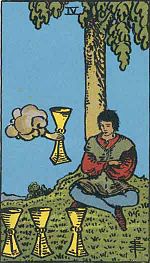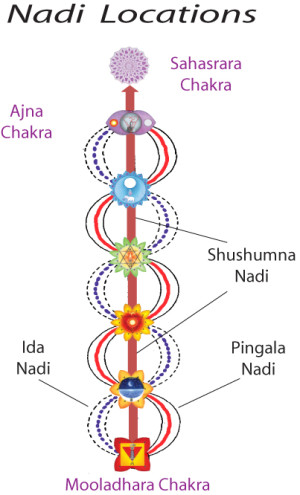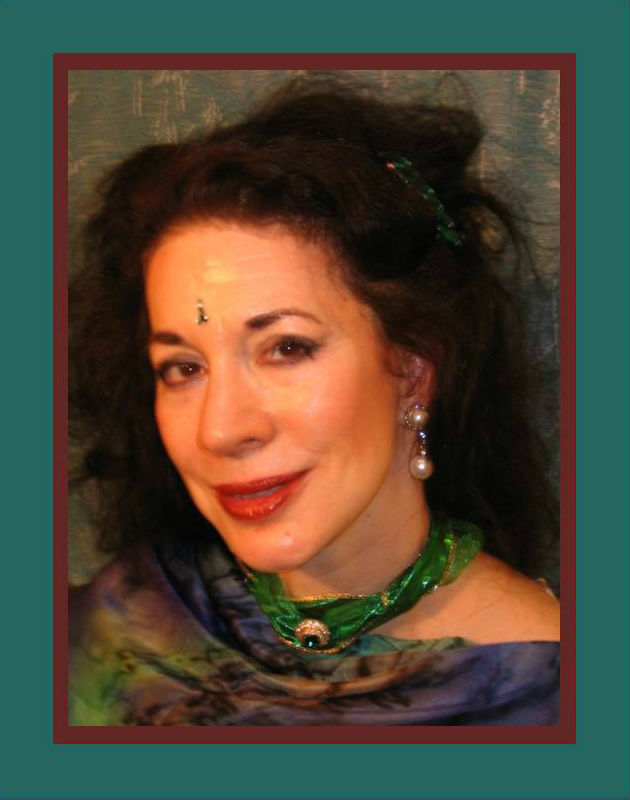Using Belly Dance to Heal Our Deepest “Emotional Core” Wounds – Part 1
This post is not for everyone.
Really.
This is for “mature audiences only” – reader discretion advised.
(The following post shares personal experiences, and is not medical advice. If you are at all in doubt before you begin – should you choose to do something similar to what I’ve done – consider asking for guidance from a licensed medical or therapeutic professional. And perhaps have a trained counselor with you as you do this particular form of “inner journey.”)
What Is a “Core Wound”?
A core wound is the psychological impact from an experience (or set of experiences) that we have when we are young, or are otherwise exceptionally vulnerable. This (these) experience(s) occur when we are still shaping our basic worldview; our concept of whether or not the world is a “friendly place.”
Core wounds most commonly come from experiences with our immediate family. In particular, they come about with those whom we identify as essential to our survival.
To the best of my knowledge, all of us carry with us some sorts of core wound. We often have them no matter how much we do psychotherapy, seek “spiritual enlightenment,” or just plain “work on our stuff.”
How Can We Determine What – In Ourselves – Is Our Own Core Wound?

Core wounds feel like psychological “hurt.” In fact, they “hurt” a lot. So as a result, we try to bundle them up and isolate them away from our conscious awareness.
Core wounds never really go away on their own. They stay inside us, with tremendous power – mostly because we try to contain and control them.
How Do We Detect Our Core Wounds, and Know What They Are?
Often, our core wound show up as “blurts.” These can be phrases that we say to ourselves. Sometimes, they even slip into our conversations! Or, we show ourselves (and others around us) a core wound by voicing strong opinions about how a person (or certain group of persons) always does something that is “bad.”
Core wounds feel intensely private. We rarely – if ever – discuss them with others. Often, if we do psychotherapy or have a life coach or a spiritual counselor, we may work for months before we tentatively allow our core wound area to be broached. This is because, of all the parts of our inner world, our core wound feels most sensitive, most vulnerable, most “ouchie”!
And yet, if we do allow a core wound area to “come into the open,” we may be surprised to learn that our coach, counselor, or therapist really knew about it all along. (And so, for that matter, did our relationship partners, and possibly our boss, co-workers, family, and friends.) This is because our core wounds affect us so much that we “give them away” all the time!
Who Else Talks About Core Wounds?
Eckhart Tolle writes about core wounds in The Power of Now. He calls them our pain-body.
|
Paper
|
Kindle
|
|||
Core wounds never really go away on their own. They stay inside us, with tremendous power – mostly because we try to contain and control them.
Often, our core wound show up as “blurts.” These can be phrases that we say to ourselves. Sometimes, they even slip into our conversations! Or, we show ourselves (and others around us) our core wound by voicing strong opinions about how a person (or certain group of persons) always does something that is “bad.”
Using Oriental Dance (Belly Dance) to Heal
We can have breakthroughs, and often do. But still, these are the “core.” They go right down to how we believe that the world works – in our favor, or not. Dangerous, or safe and friendly.
When we dance, we sidestep the cognitive side of who we are. When we let our bodies simply move, and express how we feel, we can access – and begin to heal – our core wounds.
I’m not talking here about technique practice, or learning a tight little choreography. There is nothing wrong with either technique or choreography. But at some point, we need to go beyond – to what dance really is, and what it can do for us – if we start releasing ourselves to the flow of energy and feeling that we can experience as we dance.
Z Helene Christopher – in her excellent paper on Middle Eastern Dance: The Emergence of the New Sacred Temple Priestess – provides four key points that will help all of us (including myself) use Oriental dance (belly dance) to heal our core wounds. According to Z Helene:
There are four main points in which we, as new temple priestesses, reclaim and reconnect with the ancient Goddess.
- We must understand our dance as embodying nature, especially its fertility aspects… Our dance exudes fertility. We move our pelvises and roll our bellies, honoring the sexual act and the resulting procreation…
- We reclaim and reconnect with the ancients by understanding our dance as manifesting ecstasy… Our movement invokes the ecstatic kundalini…
- We reclaim and reconnect with the ancients by understanding our dance as an experience of Divine Union…
- We reclaim and reconnect with the Goddess by understanding ourselves as dispensers of karuna; early motherly love … transformed … to embrace all forms of love: touching, tenderness, compassion, mercy, sensual enjoyment and eroticism.

Very best wishes as you tap into who you really are using dance!
Yours in dance –
Alay’nya
Author of Unveiling: The Inner Journey
You are the Jewel in the Heart of the Lotus. Become the Jewel!
Founder and Artistic Director, The Alay’nya Studio
Bellydance a courtesan would envy!
Check out Alay’nya’s YouTube Channel
Connect with Alay’nya on Facebook
Follow Unveiling: The Inner Journey on Facebook
From Z Helene’s Amazon review of “Unveiling: The Inner Journey”: “Unveiling is about becoming more intimate with ourselves. It is about peeling away the outer layers that keep us from knowing, naming, and attaining our deep wants and desires. By embarking upon a transforming inner spiritual journey, we are encouraged to get connected to ourselves in a way that allows us to genuinely feel our bodies and emotions– all of them, even the undesirable ones. By integrating and loving our “shadow” sides, and by doing daily practices such as stillness, softening, releasing, shifting state, and breathing, we increase our vital energy (prana, ch’i) which makes us more attractive and, yes, more erotic as well. For true attractiveness, according to Alay’nya, is the ability of women to lessen their adopted masculine roles of control and being in charge (Amazon archetype), and instead to surrender to pure energy, motion, and love. This is what makes us beautiful!”

P.S. – Have you read Z Helene’s article on Middle Eastern Dance: The Emergence of the New Sacred Temple Priestess? I recommend it to all my dancers!
Z Helene also has a 4-volume basic Middle Eastern dance (belly dance) instructional DVD set, and another DVD on zills, available through her website. Check them out!
Copyright (c) 2013, Alay’nya. All rights reserved.









